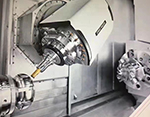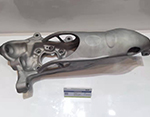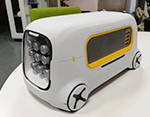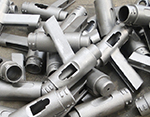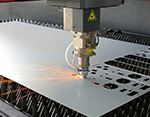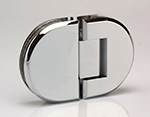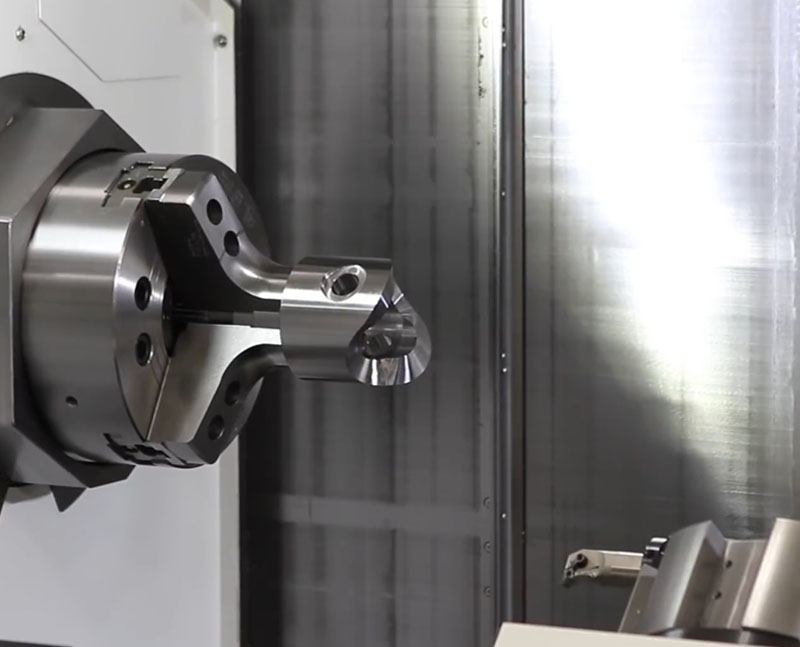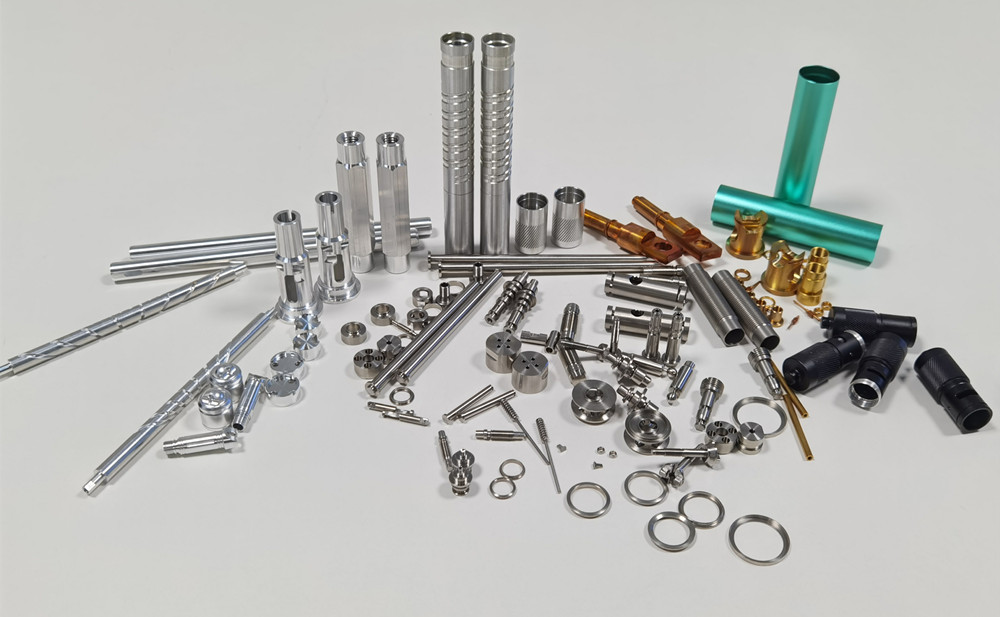-
Service
+
- CNC Precision Machining Service +
- Multi-Axis Simultaneous Machining Service +
- CNC Turning Service +
- Metal 3D Printing Service +
- Rapid Prototyping Service +
- Die Casting Service +
- Sheet Metal Fabrication Service +
-
Finish Serivces
+
- Polishing
- Grinding
- Brushed Finish
- Sand blasting
- Painting
- Powder Painting
- Anodizing
- Hard anodizing Service
- Passivation
- Zinc Plating
- Nickel Plating
- Chrome Plating
- Blackening
- Black Zinc Plating
- Teflon Coating
- Titanium Coating
- DLC Coating
- Laser Marking
- Silk Screen Printing
- Transfer Printing
- Micro Arc Oxidation
- Industries +
- About Us +
- Resource +
- Contact Us
- Quote

-
Service
-
>
-
>
-
>
-
>
-
>
-
>
-
>
-
>
-
- Industries
- About Us
- Resource
- Contact Us
Guide to Choosing the CNC Turning Centers
CNC turning centers may be a key piece of equipment for many machine shops. These machines allow machine shops to manufacture intricately detailed custom parts with a high degree of accuracy and repeatability. In this article, we'll discuss what a CNC turning center is and some of the reasons why your machine shop absolutely needs one.CNC turning centers may be a key piece of equipment for many machine shops. These machines allow machine shops to manufacture intricately detailed custom parts with a high degree of accuracy and repeatability. In this article, we'll discuss what a CNC turning center is and some of the reasons why your machine shop absolutely needs one.
CNC turning centers may be a key piece of equipment for many machine shops. These machines allow machine shops to manufacture intricately detailed custom parts with a high degree of accuracy and repeatability. In this article, we'll discuss what a CNC turning center is and some of the reasons why your machine shop absolutely needs one.
What is CNC Turning?
CNC turning is a subtractive manufacturing process in which pieces of material are rotated as a machine tool is fed to the piece, removing material to create a finished piece. It is primarily used to manufacture parts that are cylindrical in nature.
A CNC turning center is an automated machine that uses a computer numerical control (CNC) system to control various factors of machine operation, such as chuck speed, tool movement and angle, and tool selection. CNC turning machines come in two basic varieties: vertical and horizontal. The difference is based on how the machine holds the part - which affects how much floor space is needed for the turning center horizontal turning machines generally need more floor space, whereas vertical machines are taller but need less floor space).
One advantage that some operators have noticed with vertical machines is that the weight of the support parts helps hold them in place.
Types of Turning Centers
As mentioned above, there are two main types of CNC turning centers, namely horizontal and vertical machines. However, you should be aware of the other variants of lathes.
Swiss Type: These machines typically machine smaller parts 1.25" and smaller and are known for higher productivity, faster cycle times and fully automated operation. These types of CNC turning centers slide the material through a rotary chuck with multiple tools approaching the material simultaneously to perform various operations. Commonly used in the medical, contact and gas consumable industries Swiss-type CNC lathes are an important production machine.
VTL: VTL stands for Vertical Turning Lathe and is different from machines with vertical suspension and moving chucks, which are used to pick up, machine and place parts, these machines are larger and are used to turn objects such as valve housings, large gear rings, etc..
What all these different types of machines have in common is that they rotate the workpiece to perform cutting and machining operations.
What are the benefits of CNC turning?
CNC machining is far superior to manual machining for several specific reasons.
Accuracy: Programming the CNC to do the job creates consistent and accurate cuts to ensure product quality. It can be repeated in exactly the same way over and over again.
Cost-effectiveness: It is much more expensive to hire a person to manually machine parts on a large scale than to have a machine do it because the machine does not get fatigued, does not require lunch breaks, and can theoretically run 24/7.
Speed: CNC turning can produce hundreds or thousands of parts while maintaining a consistent end product.
Is my part suitable for CNC turning?
While a lot of factors go into determining if a part can be made most cost-effectively on a specific CNC turning center, some things we look at are:
How many parts are needed short-term and long-term? CNC turning centers are generally good for prototypes to short-run volumes.
What is the largest OD on the part ?
Parts over 2.5″ OD are chucked individually, which depending on volume, can contribute to price.
Parts under 1.25″ OD and medium to high volume may be a better fit for the Swiss screw machines.
If a part can be made both on the CNC turning center and on a 32 mm Swiss Screw Machine factors such as projected volume and lead-time are critical for making the best call on which to use.
What is the maximum outside diameter of the part?
Parts with an OD greater than 2.5 inches will be clamped separately, depending on volume, which may affect price.
Parts with an outside diameter less than 1.25 inches and a medium to high volume may be better suited for a Swiss screw machine.
If parts can be made on a CNC turning center and a 32 mm Swiss screw machine, factors such as expected throughput and lead time are critical to making the best choice.
There are many variables when it comes to machining parts, and Kesu Hardware Group can help you determine the best way to manufacture your parts. Contact us for help with your requirements.
Kesu Hardware have rich experience in Turning. Such as lathe machining, lathe-mill machining, 5-axis lathe-mill machining and Swiss type lathe machining.
Among Kesu Group's various CNC services, CNC turning is often requested for specific categories of parts.
Metals such as aluminum, magnesium, steel, stainless steel, brass, copper, bronze, titanium and nickel alloys, as well as plastics such as nylon, polycarbonate, ABS, POM, PP, PMMA, PTFE, PEI, PEEK, etc. can be turned. Contact us for help with your requirements.

